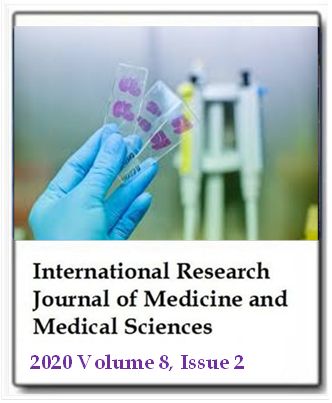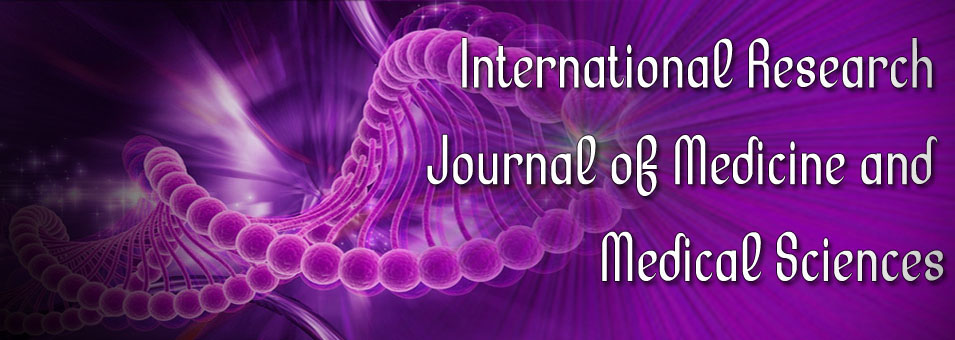Differential diagnosis of focal hepatic lesions using ultrasound confirmed with histopathology
Rania Mohammed Ahmed*, Sharifah Alkathiri, Waad Altalhi, Hatun Eid, Manar Alshalwai and Sara AlotaibiInternational Research Journal of Medicine and Medical Sciences
Published: April 24 2020
Volume 8, Issue 2
Pages 18-24
Abstract
Advances in imaging technology over the past decades have contributed to better characterization of hepatic lesions. This study aims to differentiate focal hepatic lesions from their ultrasound (U/S) features and compared the obtained results with histopathology. A descriptive retrospective study of 100 patients who had focal hepatic lesions were reviewed during the period from 2012 to 2019 at King Abdul-Aziz Specialist Hospital, Taif, KSA. The inclusion criteria were Adults Saudi patients, ages 18 and above. LG-9 and Philips ultrasound machines with 3.5 MHz transducers were used in this study. Age group (55 to 80 years) represented 44%, mean age was 49 years, 92% were married. Regarding shape of the lesions during U/S scan, 47% of irregular outline were malignant (p=0.00), 93% of the rounded lesions were benign (p=0.00),86% of well-defined lesions margins were benign in histopathology, 61% ill-defined margin lesions were malignant and 73% of hyperechoic lesions were hemangioma (p=0.02). Regarding nature of hepatic lesions during U/S, 87% of solid lesions were malignant (p=0.03), while 89% of cystic lesions were benign. 61% of hypoechoic lesions were malignant. 80% from vascular lesions under color Doppler were benign. U/S sensitivity and specificity were 93.5 and 98%, respectively. U/S is a useful tool in differentiation cystic hepatic lesions from solid (p=0.03). Comparable studies with large samples must be done in Taif region to provide data base for hepatic lesions.
Keywords: Ultrasound, liver, lesions, benign, malignancy, histopathology.
Full Text PDFThis article is published under the terms of the Creative Commons Attribution License 4.0

